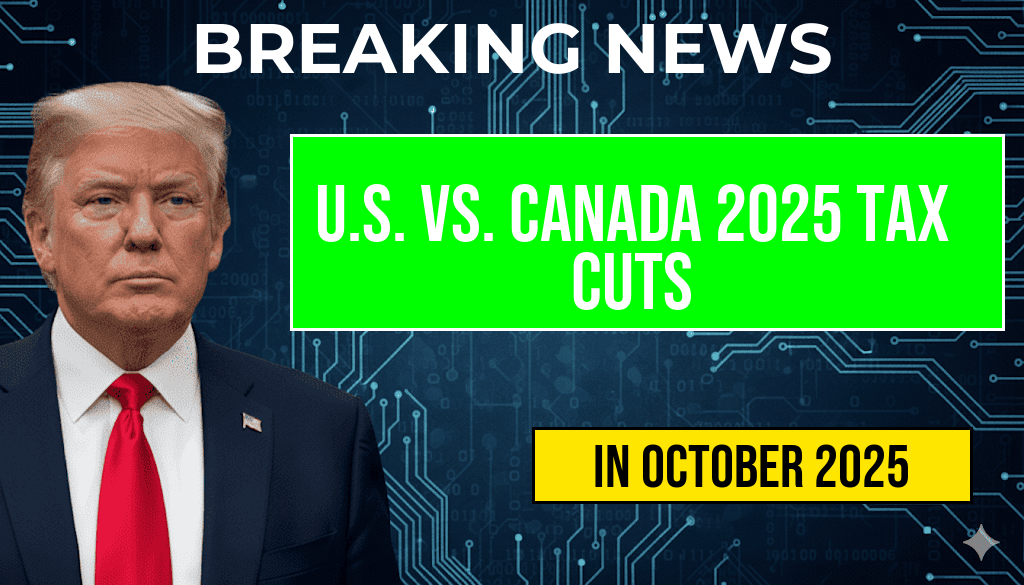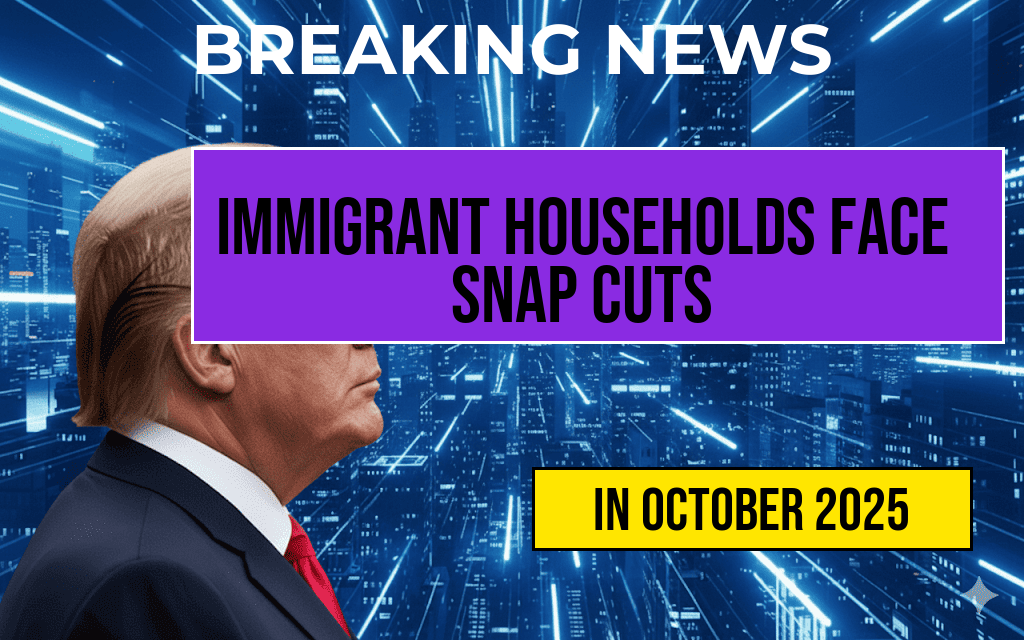As policymakers in both the United States and Canada navigate the economic landscape of 2025, the focus on tax relief measures has gained renewed significance. This year, the U.S. government announced a targeted tax cut averaging $3,752 per taxpayer, aiming to stimulate consumer spending and support economic growth. Meanwhile, Canadian authorities implemented a more substantial tax reduction totaling approximately C$5,200 per individual, reflecting broader efforts to bolster household disposable income amid various fiscal challenges. When viewed from an international perspective, these figures highlight differing approaches to fiscal policy, with each country balancing economic stimulus against fiscal sustainability. This comparison offers insights into how regional priorities and economic conditions shape tax strategies, influencing everything from consumer behavior to cross-border financial planning.
Understanding the U.S. Tax Cuts in 2025
Scope and Objectives
The United States’ tax reduction package in 2025 primarily focuses on middle-income households, aiming to alleviate tax burdens and promote economic activity. According to data from the Internal Revenue Service, the average benefit per taxpayer hovers around $3,752, with variations depending on income levels and filing status. The initiative is part of a broader strategy to sustain consumer confidence, which has been under pressure from inflation and global economic uncertainties.
Implementation Details
- Revised income brackets that lower tax rates for middle-income earners
- Enhanced standard deduction amounts to reduce taxable income
- Temporary credits aimed at supporting specific sectors such as manufacturing and technology
The tax cut’s impact is expected to ripple through household budgets, with increased disposable income facilitating greater retail spending and investment in personal development. Economists suggest that this targeted approach aims to strike a balance between short-term stimulus and long-term fiscal responsibility.
Canadian Tax Adjustments in 2025
Key Features and Rationale
Canada’s government introduced a more aggressive tax relief measure, resulting in an average benefit of around C$5,200 per individual. The strategy emphasizes broader tax cuts across multiple brackets, with particular emphasis on supporting families, small businesses, and lower-income groups. According to Canada Revenue Agency data, these reductions are part of a deliberate effort to counteract inflationary pressures and attract foreign investment.
Structural Changes
| Tax Year | Average Tax Benefit (C$) | Major Policy Changes |
|---|---|---|
| 2024 | C$3,800 | Incremental reductions, focus on middle-income |
| 2025 | C$5,200 | Broader brackets, enhanced credits, targeted support |
Furthermore, the reform includes measures to streamline tax filing processes and improve compliance, aiming to maximize the efficiency of tax collection and ensure equitable distribution of benefits across income groups.
International Context and Implications
Economic Environment and Policy Goals
The divergent strategies reflect each country’s unique economic environment. The U.S. approach emphasizes targeted relief to stimulate growth without significantly expanding the federal deficit, while Canada’s broader cuts aim to sustain household spending and attract international capital. Both measures are responses to inflationary pressures, labor market tightness, and geopolitical uncertainties, which influence fiscal policy decisions.
Impact on Cross-Border Financial Planning
For individuals and businesses operating across borders, these tax changes complicate financial planning. American expatriates in Canada might find more favorable tax conditions, whereas Canadian residents with investments or family ties in the U.S. need to adapt to shifting tax liabilities. Financial advisors stress the importance of understanding regional tax laws and leveraging international treaties to optimize tax outcomes (see more about tax treaties on Wikipedia).
Looking Ahead
As 2025 progresses, the outcomes of these tax policies will become clearer, influencing economic growth trajectories and household financial stability. Analysts will closely monitor government revenue levels, consumer confidence indices, and cross-border capital flows. Both countries’ experience underscores how fiscal policy remains a critical tool in managing economic resilience amid ongoing global challenges.
Frequently Asked Questions
What are the main differences between the U.S. and Canadian tax cuts in 2025?
The primary difference lies in the amounts of tax cuts, with the U.S. offering a $3,752 reduction, while Canada provides a C$5,200 cut. These figures reflect the international perspective on tax policy adjustments in 2025.
How do the U.S. and Canadian tax cuts compare in terms of economic impact?
The economic impact varies based on the size of the tax cuts, with Canada’s larger C$5,200 cut potentially leading to greater consumer spending and investment boosts compared to the U.S.’s $3,752 cut.
Why is it important to consider the international perspective when comparing these tax cuts?
Considering the international perspective helps understand how different countries’ tax policies influence economic competitiveness, investment flows, and cross-border economic dynamics in 2025.
Are the tax cuts in the U.S. and Canada likely to benefit taxpayers equally?
While both countries aim to reduce tax burdens, the benefits may differ based on income levels, tax structures, and additional policies that accompany the cuts, making the impact not perfectly equal.
What factors should be considered when evaluating the effectiveness of these tax cuts?
Key factors include the fiscal sustainability of the cuts, their impact on government revenue, economic growth, income inequality, and the overall economic context in 2025.






